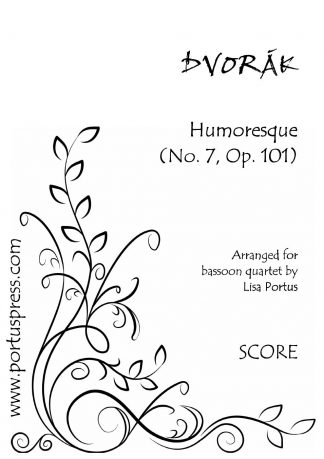Description
Henrik Ibsen’s five-act play of 1867 – Peer Gynt – tells the story of the downfall and subsequent redemption of a Norwegian peasant anti-hero. Unlike Ibsen’s previous dramas, it was written in verse and wasn’t originally intended for stage performance. However Ibsen later changed his mind and wrote to Grieg, asking if he would compose the incidental music for a production of the play.
Although initially enthusiastic Grieg evidently found writing the music much more difficult than he had imagined. “Peer Gynt progresses slowly,” he wrote to a friend in August 1874, “and there is no possibility of having it finished by autumn. It is a terribly unmanageable subject.” Nevertheless, he did finish and the play was premièred in 1876: it was a ‘triumphant success’. However, Grieg had been unhappy at not having the opportunity to write as he wanted – ‘Hence the brevity of the pieces’ – he said. Grieg later extracted eight segments to create two four-movement suites, which suited the ‘brevity’ perfectly. Some of these movements now rank amongst Grieg’s most popular works.
Anitra’s Dance is from Act IV of the play and was included in Grieg’s Peer Gynt Suite No. 1. Peer had been stranded on a strange Moroccan shore where the local Bedouin tribe mistook him for the Prophet. Eager to please him, Anitra, the chieftain’s beautiful daughter, performs a seductive, bewitching dance. Utterly entranced he tries to seduce her but, soon realising he was not the Prophet, she outwits him and robs him, leaving him once more stranded.






